The medical technology sector in the EU is incredibly innovative – it employs more than 650,000 people in 26,000 companies and generates over a €1bn in revenue per year. Medical devices are a broad spectrum and vastly important to safeguarding health. The majority of the EU population has doubtless come into contact with medical devices, be it a thermometer, bandage, needle, syringe, or dental filling. Not only do medical devices save lives, but many products such as heart and brain stimulators or hip replacements also improve the quality of life for millions of people every day. The medical devices market, however, must be properly regulated to ensure protection for users, patients, and manufacturers as well as avoiding unethical practices.
Past experience has shown that harm to patients can teach regulators and policy-makers a harsh lesson and it is a powerful trigger for change. In 2012, following the PIP breast implant scandal - where cheaper, industrial-grade silicone (i.e. unapproved for medical use) was in implants that ruptured at twice the rate of the industry average - it became clear that existing medical device regulations were no longer fit to protect patients.
EU policy-makers wanted to ensure that devices placed on the market were safe and rigorously assessed without hampering the industry’s ability to innovate and develop devices. Aiming to provide higher levels of safety and transparency as well as restoring public confidence, in May 2017 the EU adopted the Medical Devices Regulation (MDR, 2017/745/EU), with a three-year transition period for compliance from manufacturers.
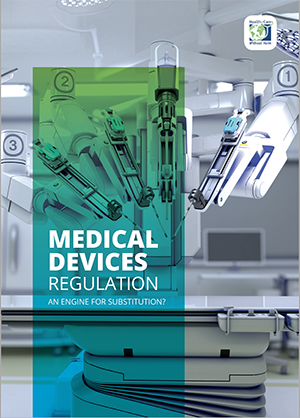
These requirements are limited to materials that come into contact directly with patients or in contact with solids, fluids, or gases that are administered or re-administered to patients. These hazardous substances cannot be present in the medical device above a certain concentration (0.1% weight by weight (w/w)) unless the manufacturer can show that the use of the substance is justified from a benefit – risk analysis.
Once in force, the presence of such hazardous substances must be indicated on the device’s labelling and added to the EUDAMED Database by the manufacturer. EUDAMED (an EU-wide database of all medical devices on the EU market) is currently being redeveloped by the European Commission and access will be extended to the Medical Devices Coordination Group, Notified Bodies, economic operators (manufacturers, authorised representatives, importers, sponsors), experts, and the public including medical institutions.
To address the MDR’s provision on hazardous substances and its potential for substitution, HCWH Europe has previously organised a workshop Can the Medical Devices Regulation be an Engine for Substitution? (November 2017) inviting a range of relevant stakeholders: manufacturers, policy-makers, and procurers – asking if they were fully aware of the potential of the new regulation for substitution and if they would to advantage of this opportunity. There was a common consensus that public procurement is the most effective tool in achieving the substitution of harmful chemicals with safer alternatives in medical devices.
Implementation of the MDR: Heading the right direction?
The MDR will apply from May 2020, and while there are many unknowns, one thing is certain - the success of this extremely technical piece of legislation will depend on its implementation.
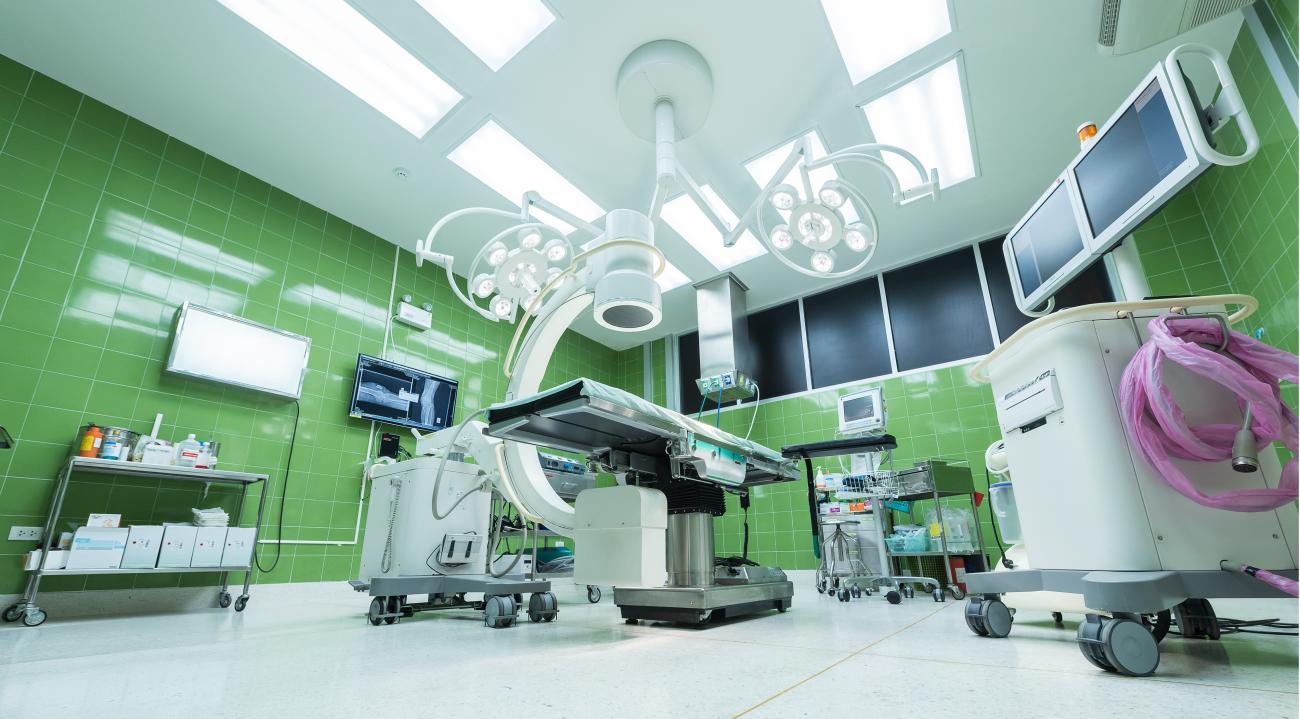
There is growing concern that there is a lack of resources within the Commission, the Member States, and their authorities – which may lead to delays in making the legislation operational. Unless national governments and the European Commission invest in the development of secondary legislation and guidance on medical devices, the necessary regulatory infrastructure, and establishment of the EUDAMED centralised system, they will not be ready to properly implement the MDR by the deadlines given in the regulation.
One of the major amendments to the old system is the strengthening of the provisions on the designation and expertise of the Notified Bodies conducting the conformity assessment and certification for all devices on the market in the EU. Some sources suggest it could take 18 months or longer for Notified Bodies to receive their license to operate under the new legislation.
In December 2017, Serge Bernasconi, Chief Executive Officer of MedTech Europe, listed three reasons why manufactures were concerned: the challenges facing Notified Bodies that approve new products, the lack of clarity over governance, and tight transition times. Not only will Notified Bodies need more people, they will need time to train new staff. If there are delays in the product review/approval stage, the transition times begin to look impossibly short.
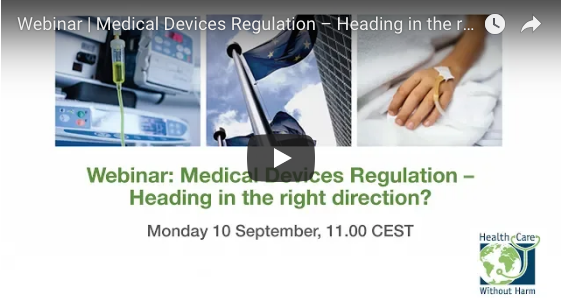
Shortly after this webinar, these implementation concerns reached Strasbourg – the European Parliament plenary session on 25 October opened with a debate on the implementation of the MDR.

Elżbieta Bieńkowska, the European Commissioner for the Single Market, told MEPs that the Commission is “on track” to implement the regulation on time and that no deviations from the initial deadlines are required. Furthermore, the latest public version of the Commission’s ‘Rolling Plan’ - a list of implementing acts and other actions to be taken, along with deadlines – also shows that they are more or less on track.
The EUDAMED database development reached a major milestone on 26 May 2018 when the IT team from DG GROW compiled the EUDAMED implementation plan and the draft Functional Specifications for all electronic systems/modules. The expected finalisation of all modules (ready for an external audit) is September 2019 - necessary for meeting the targeted release date of 25 March 2020.
Future outlook and next steps
HCWH Europe’s objective in engaging in the policy process is to help phase out CMRs and EDCs - particularly phthalates - in medical devices if safer alternatives are available and technically feasible. HCWH Europe therefore seeks to ensure that Annex I.II.10.4.1 is properly and consistently implemented.
There is growing concern that introducing different identification requirements for EDCs and CMRs will lead to inconsistencies across EU legislation.
To date, all substances classified as endocrine disruptors by the EU are also CMRs. Annex I.II.10.4.1(b) explicitly states that substances having endocrine disrupting properties will be identified either through the REACH process or through the criteria that are relevant to human health amongst the criteria established “in the delegated act adopted by the Commission pursuant article 5(3), first paragraph, of Regulation (EU) No 528/2012” i.e. the Biocidal Product Regulation (BPR).
It is therefore clear that the criteria for medical devices in the BPR will be incorporated in the new Medical Devices Regulation, but those criteria, however, remain a source of contention - particularly the high burden of proof required to identify EDCs. The EDC criteria in the BPR introduced new terminology – chemicals that show “adverse effects” as a “consequence of the endocrine mode of action.”
There is growing concern that introducing different identification requirements for EDCs and CMRs will lead to inconsistencies across EU legislation. Only including those substances which shown to have “an adverse effect” substantially reduces the scope of the criteria as per the WHO/IPCS (2002) definition, which refers to substances “known or presumed to have caused endocrine-mediated adverse effects in humans.”
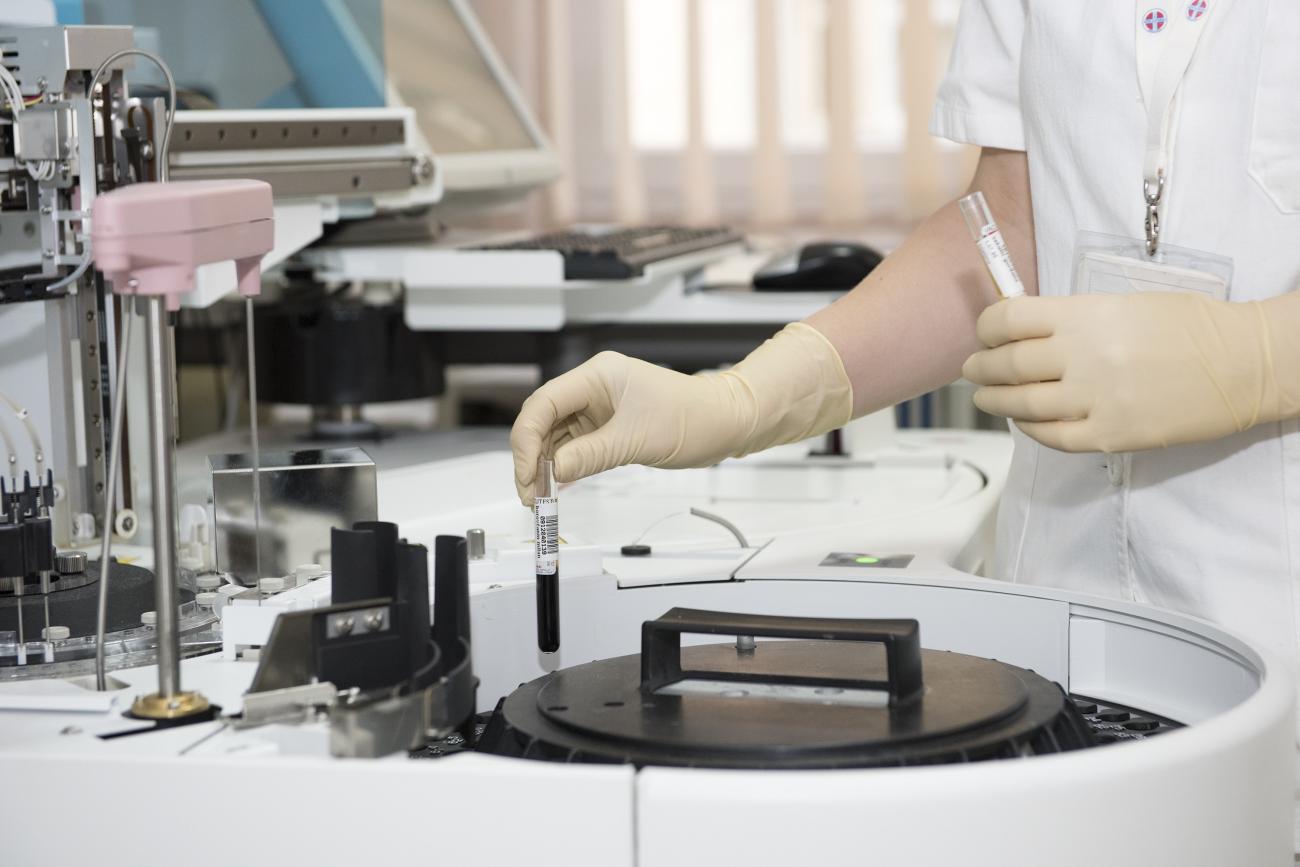
The consequence of the BPR EDC criteria will limit the number of substances that will be identified as EDCs and regulated by excluding substances that are ‘presumed’ to have adverse effects.
The opportunity to replace harmful chemicals (such as EDCs) with safer alternatives in medical devices will be watered down. If not classified as EDCs (because of the exacting level of proof), there will be no legal need to replace these substances contained in medical devices on the market. This will undoubtedly lower protection for EU citizens and those that will be most affected by the adverse effects of EDCs are the already vulnerable - medical patients, foetuses, small children, and pregnant and breastfeeding women.
Whilst HCWH Europe will continue to monitor the implementation of the Medical Devices Regulation, we encourage the healthcare sector to substitute hazardous chemicals with safer alternatives in medical devices whenever available and technically feasible, and to influence the market through their procurement power.
There are already good examples and practices to follow, such as Stockholm County Council’s (one of Europe’s largest healthcare providers) phase-out list for articles and consumables, which is used by all county council units in procurement/purchasing.
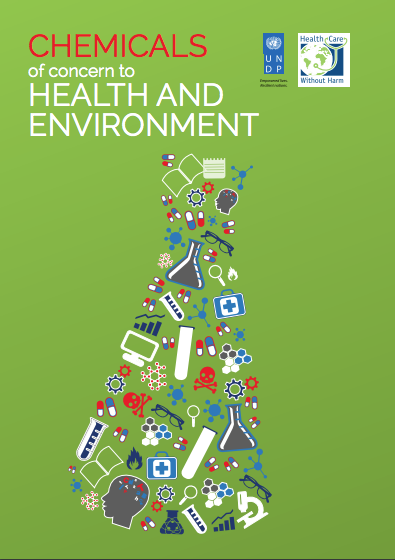
In the process of healing people and curing disease, hospitals and health systems may be causing unintended (and avoidable) harm, it is therefore crucial that the healthcare sector does not wait for legislation but is proactive in its healing mission. The healthcare sector can lead in protecting public health and the environment from the harmful chemicals contained in medical devices.